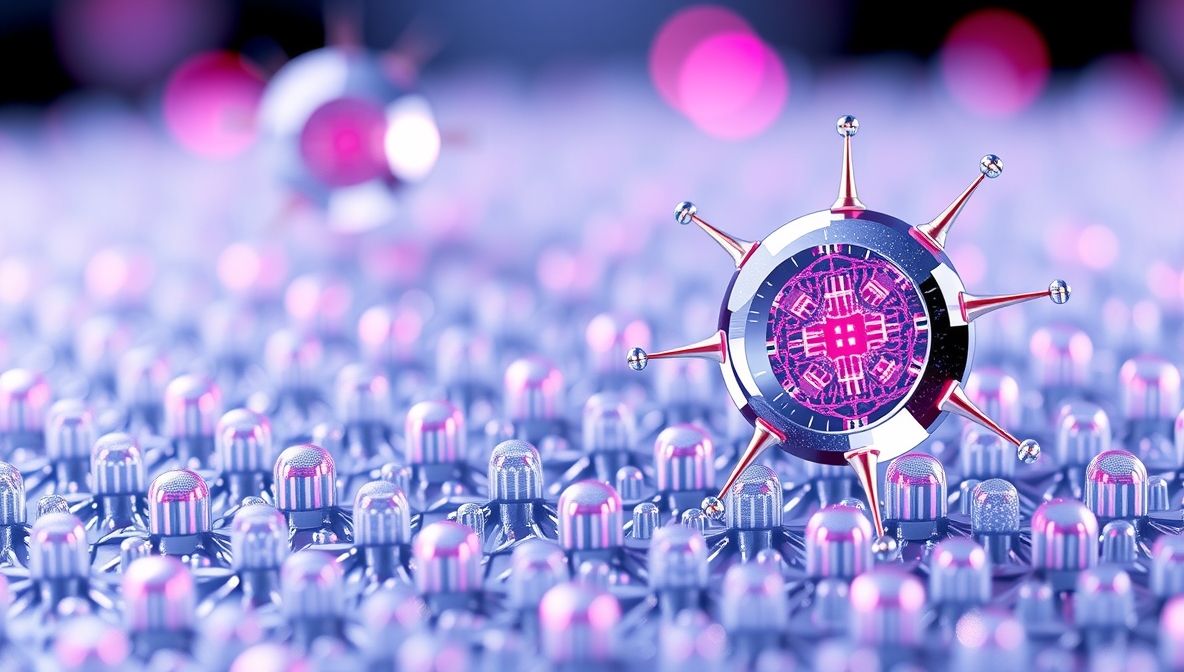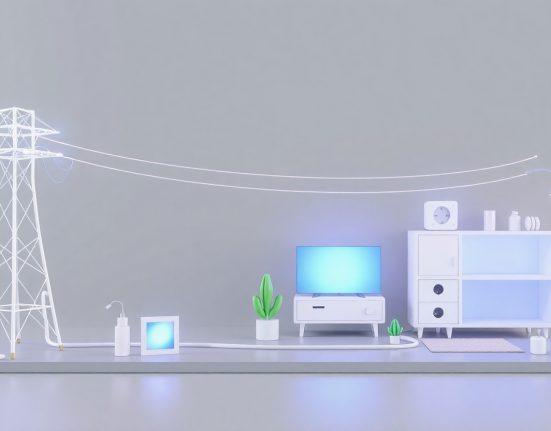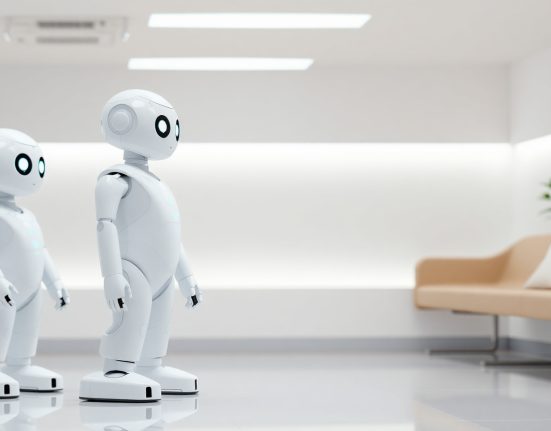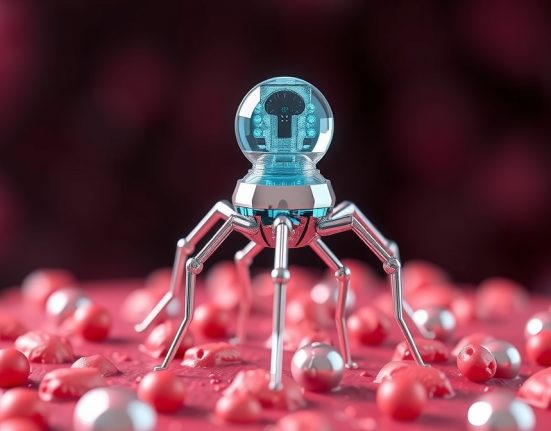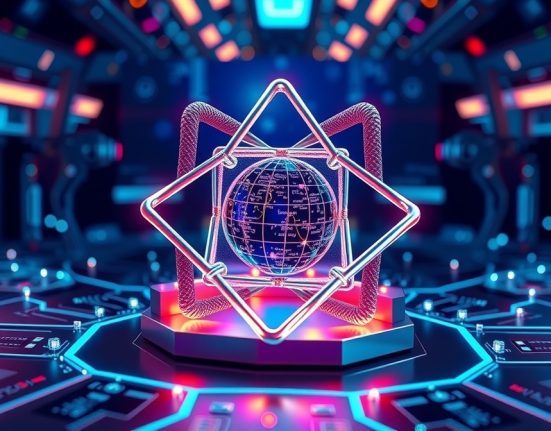How Tiny Sensors Are Transforming Healthcare and Medical Monitoring
In an era where technology is developing at a breathtaking pace, nano-sensors mark one of the most significant revolutions in modern medicine. These minuscule devices, ranging from a few nanometers to micrometers in size, can monitor, detect, and report on a wide variety of biological parameters in real-time. Recent innovations in this field promise to change the way we diagnose, treat, and manage diseases, offering a future where medicine becomes more personalized, precise, and proactive than ever before.
Breakthrough Technologies in Nano-Sensors
1. Graphene-Based Sensors
Graphene, a material composed of a single layer of carbon atoms just one atom thick, has become a key component in developing the next generation of nano-sensors. In early 2024, researchers at Stanford University developed a graphene sensor sensitive to molecular changes at the atomic level. In a study published in Nature Nanotechnology, the team demonstrated how these sensors can detect biomarkers of heart disease and cancer at incredibly low concentrations in blood, allowing for earlier and more accurate diagnosis.
Recently, in March 2024, “NanoSense Therapeutics” announced the development of a graphene sensor capable of monitoring blood glucose levels without the need for finger pricks, by measuring glucose concentrations in sweat. The technology is currently in advanced clinical trials and could reach the market within a year.
2. Medical Nano-Robots
The emerging field of medical nano-robotics offers fascinating possibilities for targeted treatment. In October 2023, a team from the Technion in Israel, in collaboration with scientists from MIT, developed nano-robots 100 nanometers in size that can move through the bloodstream, identify cancer cells using built-in sensors, and release drugs in a targeted manner.
In the latest update from September 2024, the researchers reported success in pre-clinical trials, where the nano-robots managed to reduce tumor size in mice by 75% while significantly reducing side effects compared to conventional chemotherapy.
3. Biodegradable Sensors That Integrate with the Body
One of the major challenges in the field of nano-sensors is creating devices that can operate within the body without triggering an immune response. In February 2024, scientists from the University of Tokyo developed nano-sensors made of biodegradable materials capable of merging with body tissues without rejection.
These sensors, manufactured from natural polymers such as cellulose and silk proteins, can monitor parameters like oxygen levels, pH, and salt concentrations within internal organs for several months before naturally breaking down and being absorbed by the body without leaving residues.
Advanced Medical Applications
1. Continuous Monitoring of Chronic Diseases
In the field of chronic diseases such as diabetes, hypertension, and heart disease, nano-sensors enable continuous monitoring that was not possible before. American company “Dexcom” launched in April 2024 the G8 generation of its continuous glucose monitoring system, incorporating more accurate nano-sensors with longer lifespans.
Meanwhile, “Microchip Health” announced in June 2024 the development of a subcutaneous implant the size of a grain of rice, containing an array of nano-sensors capable of simultaneously monitoring a variety of cardiovascular parameters including blood pressure, heart rate, oxygen saturation, and heart failure markers. The data is transmitted to a smartphone in real-time, and the artificial intelligence system identifies abnormal patterns and provides early warnings of risk for heart attack or stroke.
2. Cancer Diagnosis and Treatment
In May 2024, a research team from the MD Anderson Cancer Center in collaboration with engineers from Rice University developed a nano-sensor capable of identifying individual cancer cells in the bloodstream, enabling early diagnosis of metastatic cancer and monitoring treatment efficacy.
The most significant advancement in the field came in August 2024, when an international team demonstrated nano-sensor technology integrated into antibodies targeting cancer cells. This system not only identifies cancer cells but also simultaneously activates targeted release of immunotherapy drugs, significantly enhancing treatment efficacy while reducing systemic side effects.
3. Personalized Medicine and Genetics
One of the most promising areas is the integration of nano-sensors with personalized medicine. In July 2024, researchers from Harvard University developed a nano-sensor capable of identifying specific genetic mutations in a patient’s cells and monitoring response to personalized treatments.
The technology is already being used in clinical trials for CRISPR-based gene editing treatments, where nano-sensors monitor the effectiveness of genetic correction and allow dynamic adjustment of treatment in real time.
Challenges and Future Developments
Despite impressive progress, the field still faces several significant challenges:
1. Safety and Regulatory Challenges
While technology advances rapidly, regulation struggles to keep pace. The US Food and Drug Administration (FDA) announced in October 2024 the creation of a special regulatory pathway for medical nano-sensors, aiming to shorten approval times while maintaining high standards of safety and efficacy. In Europe, the European Medicines Agency (EMA) is expected to publish similar guidelines during 2025.
2. Energy Supply for Sensors
One of the central technological challenges remains providing stable and long-term energy supply to nano-sensors implanted in the body. Innovative solutions include tiny batteries powered by chemical energy in the body, and systems that harness blood movement or body heat to generate energy.
In September 2024, researchers from the University of California, Berkeley presented breakthrough technology: nano-generators that utilize the electrochemical energy of natural metabolic processes in the body to produce sufficient electricity to power nano-sensors for years without battery replacement.
3. Privacy and Data Security
With the development of nano-sensors and the ability to collect vast amounts of personal medical data, important questions arise regarding privacy and data security. In response to this challenge, many research teams are developing special encryption protocols for nano-sensors, allowing secure transmission of sensitive information.
“SecureNano,” an Israeli startup established in October 2023, is developing a dedicated security architecture for medical nano-sensors that combines miniaturized quantum encryption and biometric authentication, aiming to ensure that only authorized entities can access sensitive medical information.
The Future: Nano-Sensor Networks and Artificial Intelligence
The emerging trend toward 2025-2026 is the creation of complex networks of nano-sensors that communicate with each other and share information. Combined with advanced artificial intelligence, these networks will enable not just health status monitoring but also accurate prediction of medical conditions before they manifest.
The “NanoNet Health” project launched in June 2024 in collaboration between Google Health, MIT, and a consortium of university hospitals, is developing a holistic system where nano-sensors distributed in different areas of the body communicate with each other and with an AI system that analyzes the data at a whole-system level. In early trials, the system successfully predicted epileptic seizures 30 minutes before they occurred with 92% accuracy.
Conclusion
The revolution of nano-sensors in medicine offers promise for a future where diseases are diagnosed at earlier stages, treatments are more targeted and effective, and medical intervention shifts from reactive to proactive. The technological, regulatory, and ethical challenges remain significant, but the rapid pace of progress indicates that many applications that seemed like science fiction just a few years ago may become part of routine medical care in the coming years. As the technology continues to develop, the potential for dramatic change in the quality and longevity of life for millions of people becomes more tangible. The nano-sensor revolution is not just another technological development – it marks a significant turning point in the history of modern medicine.








